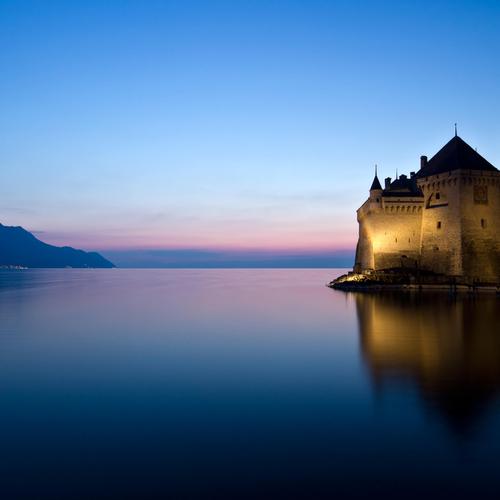The Great Divide: How Cultural Values Led to a Schism between Traditionalists and Modernists
As societies evolve, changing cultural norms slowly creep into every aspect of everyday life. The extent of change varies, with some people embracing them wholeheartedly while others resist. This divide is quite apparent in the schism between traditionalists and modernists.
Traditionalists are those who uphold existing cultural values, customs and moral codes. They believe that certain values and practices are the bedrock of their society and as such should be preserved. They uphold traditions in all aspects of life, be it religion, societal norms, or customs.
Modernists, on the other hand, believe that traditions should evolve with time. They believe that society should evolve, and with it should change practices and customs according to modern sensibilities. They contest traditions that are no longer in line with contemporary values.
This schism between traditionalists and modernists arose from a clash between cultural norms. Modernists advocate for change, while traditionalists are keen to maintain the status quo. Education, politics, economics, and social dynamics are some of the areas that this cultural divide has impacted.
In education, traditionalists want to maintain the curriculum and values that have powered the education system for years. They believe that sticking to the existing curriculum is paramount for preserving their values. Modernists, on the other hand, argue that the curriculum should evolve to accommodate the ever-changing demands of the 21st century.
Politics also illustrate this cultural divide quite clearly. Traditionalists are more conservative and that’s why they resist progressive political agendas and social movements such as LGBTQ rights, legalization of marijuana, among others. They argue that policies that contradict traditional values are detrimental to society. Modernists are more liberal in their approach and they support these agendas.
The cultural schism is not just limited to education and politics. In social dynamics, the divide is just as visible. Traditionalists resist the normalization of alternative lifestyles such as single parenting, interracial relationships, and homosexuality, arguing that they are a departure from their established culture.
The cultural divide has also impacted economics. In many emerging economies, rapid economic growth has led to a shake-up of traditional values and customs. This has put pressure on businesses to adapt to contemporary values or stick to their traditional beliefs.
In conclusion, the cultural divide between traditionalists and modernists is real. It’s a clash between those who believe in preserving established cultural values and customs against those who advocate for an evolving society. While both sides have valid arguments, there’s a need for understanding and tolerance between them. Society is dynamic and evolve, and as such, it is paramount that existing traditions adapt to contemporary values.
(Note: Do you have knowledge or insights to share? Unlock new opportunities and expand your reach by joining our authors team. Click Registration to join us and share your expertise with our readers.)
Speech tips:
Please note that any statements involving politics will not be approved.
